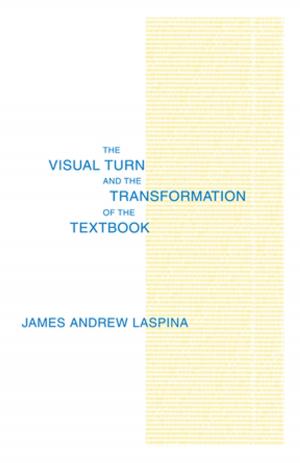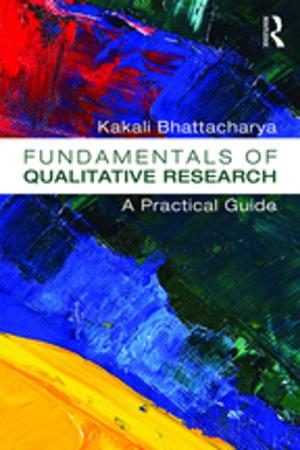Time Present and Time Past
Selected Papers of Pearl King
Nonfiction, Health & Well Being, Psychology, Mental Health| Author: | Pearl King | ISBN: | 9780429923050 |
| Publisher: | Taylor and Francis | Publication: | June 17, 2019 |
| Imprint: | Routledge | Language: | English |
| Author: | Pearl King |
| ISBN: | 9780429923050 |
| Publisher: | Taylor and Francis |
| Publication: | June 17, 2019 |
| Imprint: | Routledge |
| Language: | English |
This remarkable collection of papers is divided into three sections: clinical issues; psychoanalysis and the life cycle; and underlying theories of practice. The papers span the years 1951 to 2004, recording five decades of British psychoanalysis, through various angles. The papers in the clinical part include a unique, lengthy case study of the psychoanalysis of a four-year-old boy, and a follow-up of his life over five decades later. After reading the paper at the age of 54, the patient agreed to write his own version of his life, which is included in the book. The second part of the book, on psychoanalysis and the life cycle, includes renowned chapters on ageing. The author looks at the ageing psychoanalyst as well as the characteristics of analysis with older patients. The third part discusses the theories underlying the author's practice and puts forward her views on such concepts as alienation, transference, and the importance of time in psychoanalytic work with patients.
This remarkable collection of papers is divided into three sections: clinical issues; psychoanalysis and the life cycle; and underlying theories of practice. The papers span the years 1951 to 2004, recording five decades of British psychoanalysis, through various angles. The papers in the clinical part include a unique, lengthy case study of the psychoanalysis of a four-year-old boy, and a follow-up of his life over five decades later. After reading the paper at the age of 54, the patient agreed to write his own version of his life, which is included in the book. The second part of the book, on psychoanalysis and the life cycle, includes renowned chapters on ageing. The author looks at the ageing psychoanalyst as well as the characteristics of analysis with older patients. The third part discusses the theories underlying the author's practice and puts forward her views on such concepts as alienation, transference, and the importance of time in psychoanalytic work with patients.















